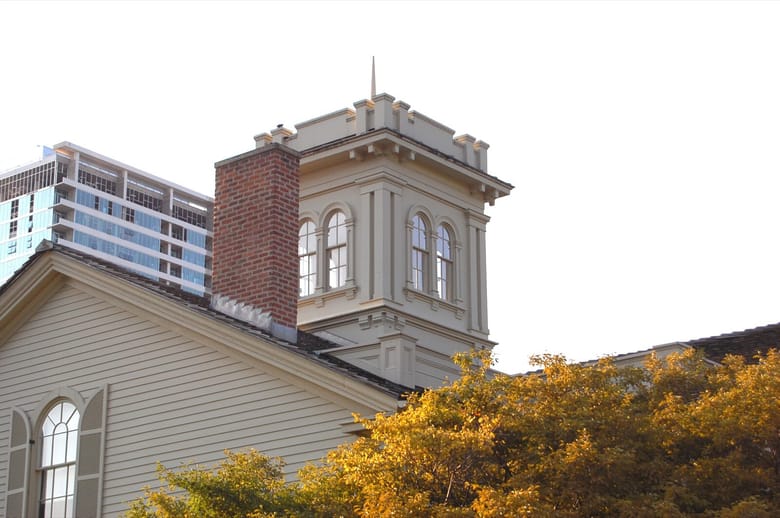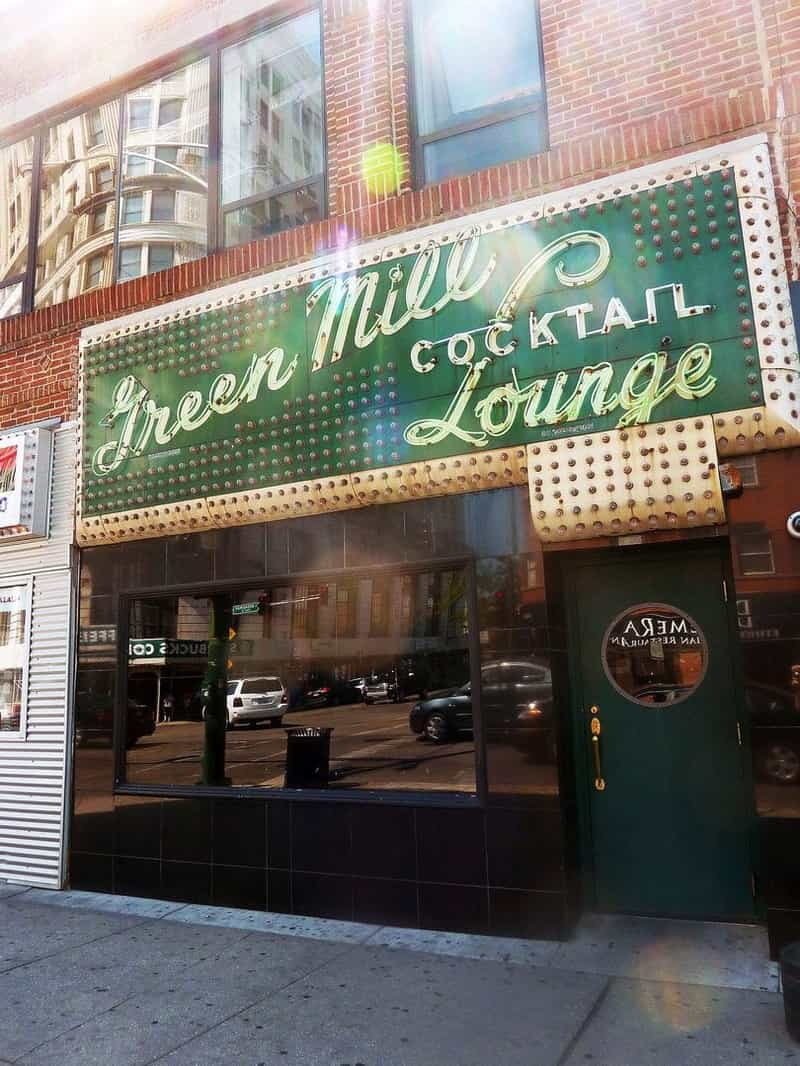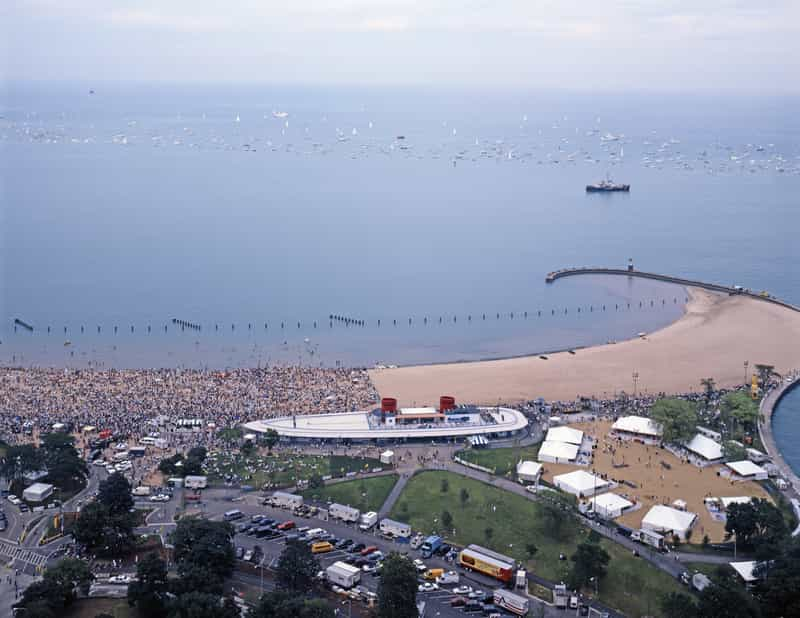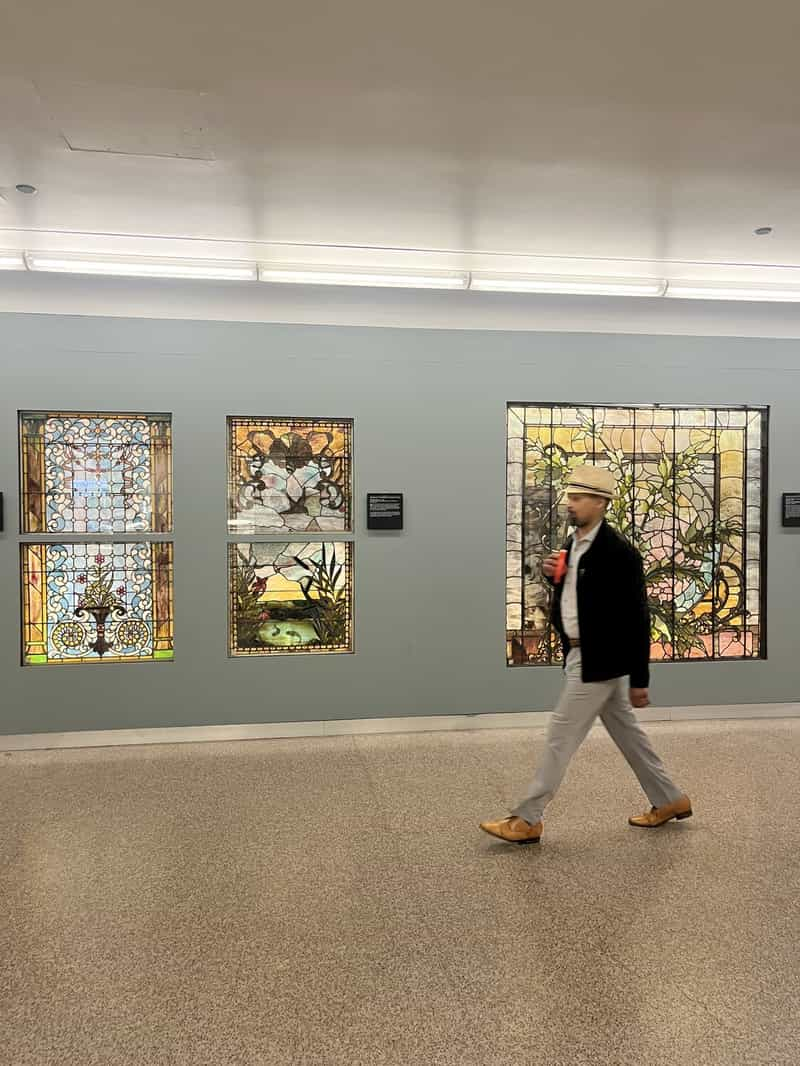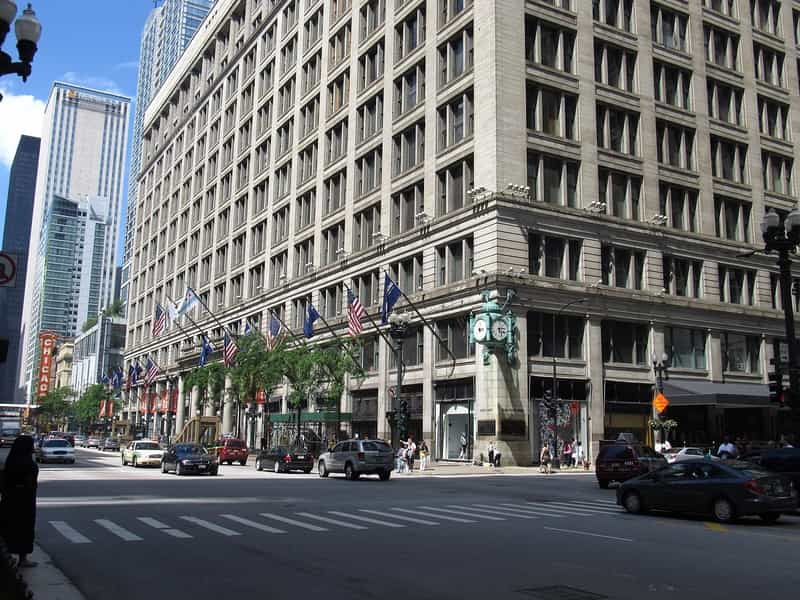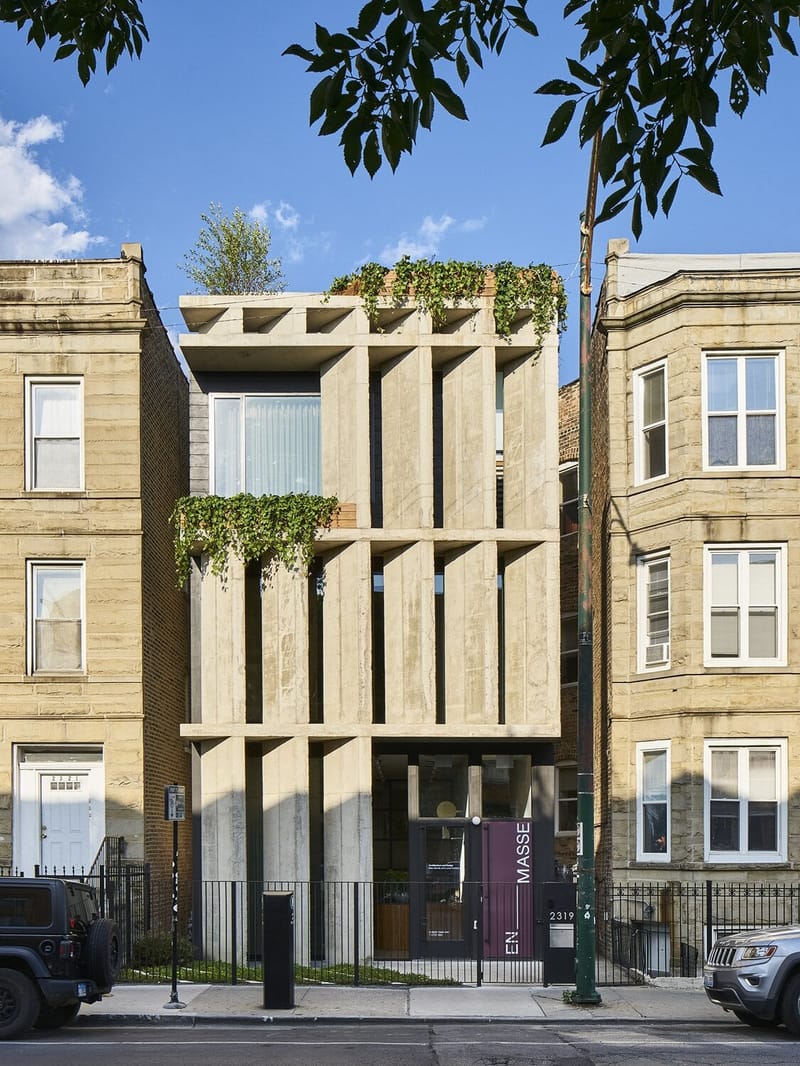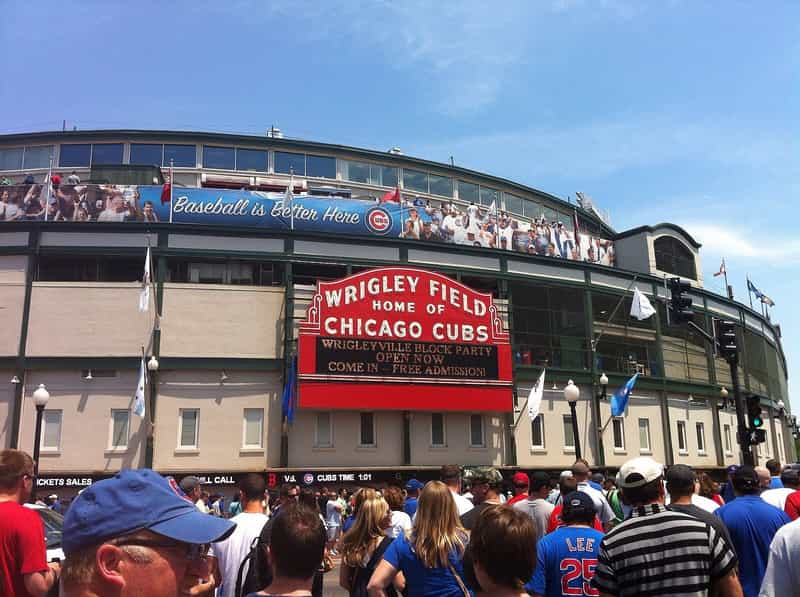Cupola
Clarke House
A cupola is a small, often dome-like structure that sits atop a building's roof, typically serving as a decorative feature or to provide natural light and ventilation to the space below. They are commonly associated with classical and traditional architecture but can be adapted to various architectural styles.
Cupolas are used to enhance the aesthetic appeal of a building, create a focal point, or provide practical benefits. They are often found on civic buildings, churches, and grand residences but can also be seen on barns, pavilions, and other structures. The design of a cupola can range from simple and utilitarian to highly ornate, reflecting the architectural style of the building it crowns.
EXAMPLES IN CHICAGO:
- Water Tower: Completed in 1869 and designed by architect William W. Boyington, the Chicago Water Tower is one of the city's most iconic landmarks and one of the few structures to survive the Great Chicago Fire of 1871. The tower features a prominent cupola at its peak, which serves as a decorative crown to the tower’s limestone structure.
- London House: The cupola atop the London House is an iconic feature that crowns the building. This octagonal cupola is adorned with classical detailing, including pilasters and arched openings, and serves as both a decorative and functional element, providing a space that could be used for observation or special events.

